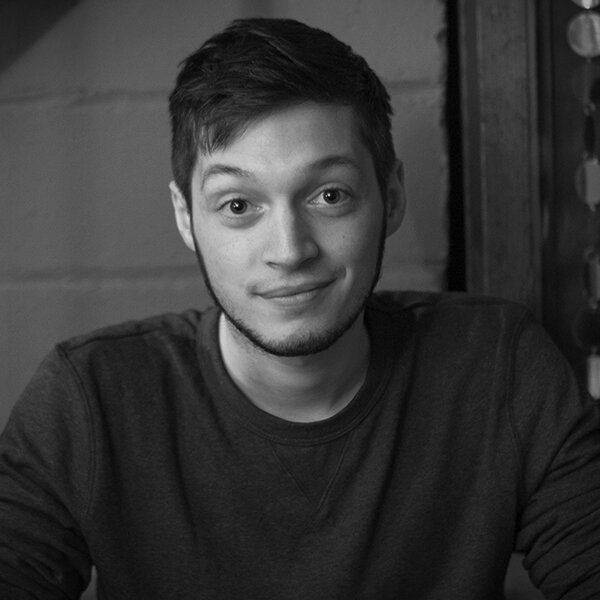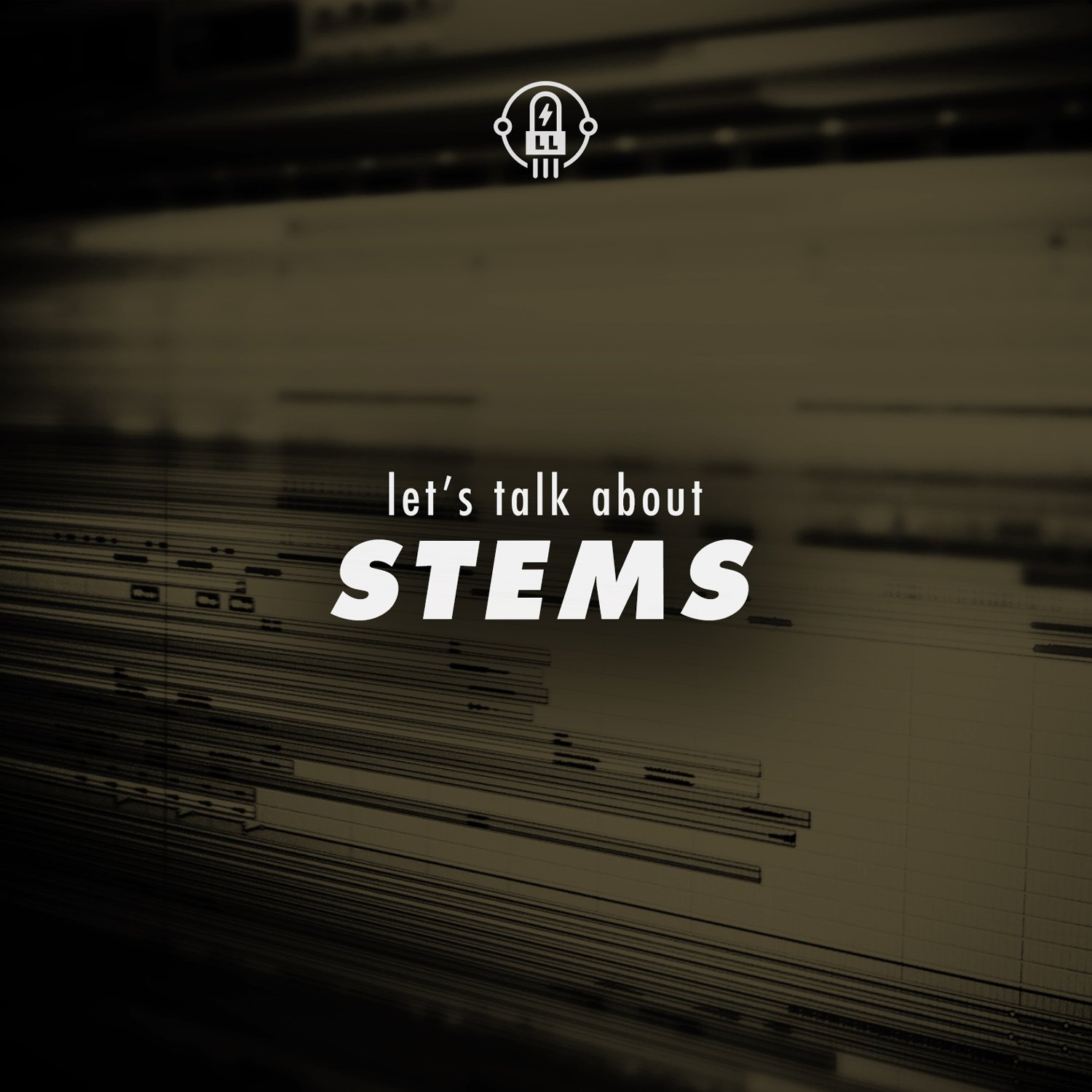Capturing Room Tone
(2 min read)
We’re all familiar with the concept of “quiet time.” While this may conjure up images of a toddler being told to go to their room for a time-out, our friends in film and television production know it as something else entirely. There is a process called “capturing room tone” and it is one of the most essential tools in an edit.
Room tone is the ambient sound of a given space, set, or location - the sound of a space when no action is happening, no talking, etc. At the end of a shoot, the cast and crew will stay still for 30-60 seconds of “silence,” allowing the mics to capture the unique room tone of the day. Sit still in a space for any period of time, you’ll quickly become aware of the unique creaks of a house, air vents secretly pushing air in an office, and it all changes from day to day, with the temperature, how many people are in the room, and an infinite number of other variables.
The room tone is captured so editors and sound designers can seamlessly cut pieces of audio/dialogue together in a natural way. A great example is when an editor cuts together an interview, helping the subject sound impossibly eloquent and profound, devoid of stumbles, rambling statements, and the dreaded “ums” that plague public speaking adults everywhere.
Travis Whitty, Video Editor/Animator at Laughlin Constable, reinforces the importance of room tone.
Image courtesy of whittyremarks.com
“It's the glue that binds even the worst sentence-built edit; a comfy bed on which to rest the talent's thoughts. I was taught early on that sound is 51% (if not more) of your visual work, whether included or omitted. If it wasn't for room tone, the sculpture would be much more noticeable and unlistenable. It's definitely no stretch to say I have salvaged more than half of the audio in my projects thanks to room tone.”
Suffice to say, it’s a beautiful thing.
And so is watching this short video created by Criterion editor Daniel Reis. Take a look behind the scenes to see what some revered actors, directors, crew members do when the call comes for silence and the capturing of the room tone occurs. Ranging from awkward to meditative, everyone reacts differently, but this forced “quiet time” is a hidden gift to audio professionals everywhere.




